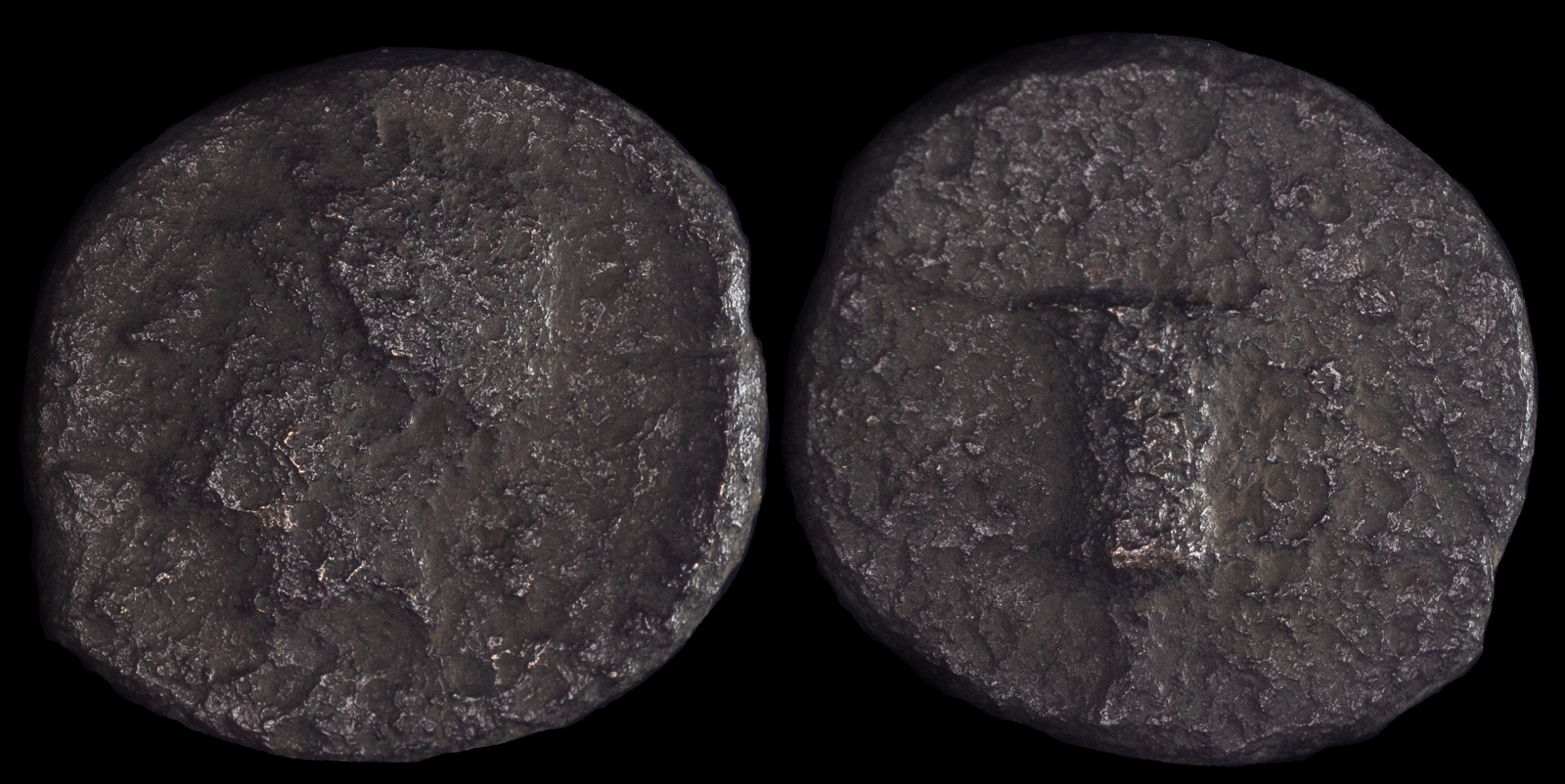Krater
View All Tags
The krater had a broad, deep bowl, supported by a thick body with two handles on either side, making it easy to transport and pour the wine mixture. Its size varied, but it was often large enough to hold several liters of liquid, making it perfect for the needs of a symposium, where multiple guests could partake in drinking. The krater was typically placed at the center of the drinking party, and the host or designated servant would use it to fill individual cups as needed. Its practical function was as central to the symposium as the discussions and entertainment that accompanied it, fostering a sense of communal enjoyment.
The krater was also used in religious ceremonies, particularly during libations and sacrifices. In religious rituals, a krater could hold the mixture of wine, honey, or water offered to gods, especially during festivals. Its use in religious contexts further underscored its symbolic importance as a vessel that bridged the gap between the divine and the mortal realms. During such ceremonies, the krater acted as a sacred vessel, central to the performance of the ritual.

Praxippos of Lapethos
circa 330-312 BCE
Æ 15mm, 2,38g
Head of Apollo left; [ΠΡ behind] /
Krater; [BA] to right
Tziambazis 49; BMC pl. XX, 2; Sear 5749; Traité II 1364, pl. CXXXVI